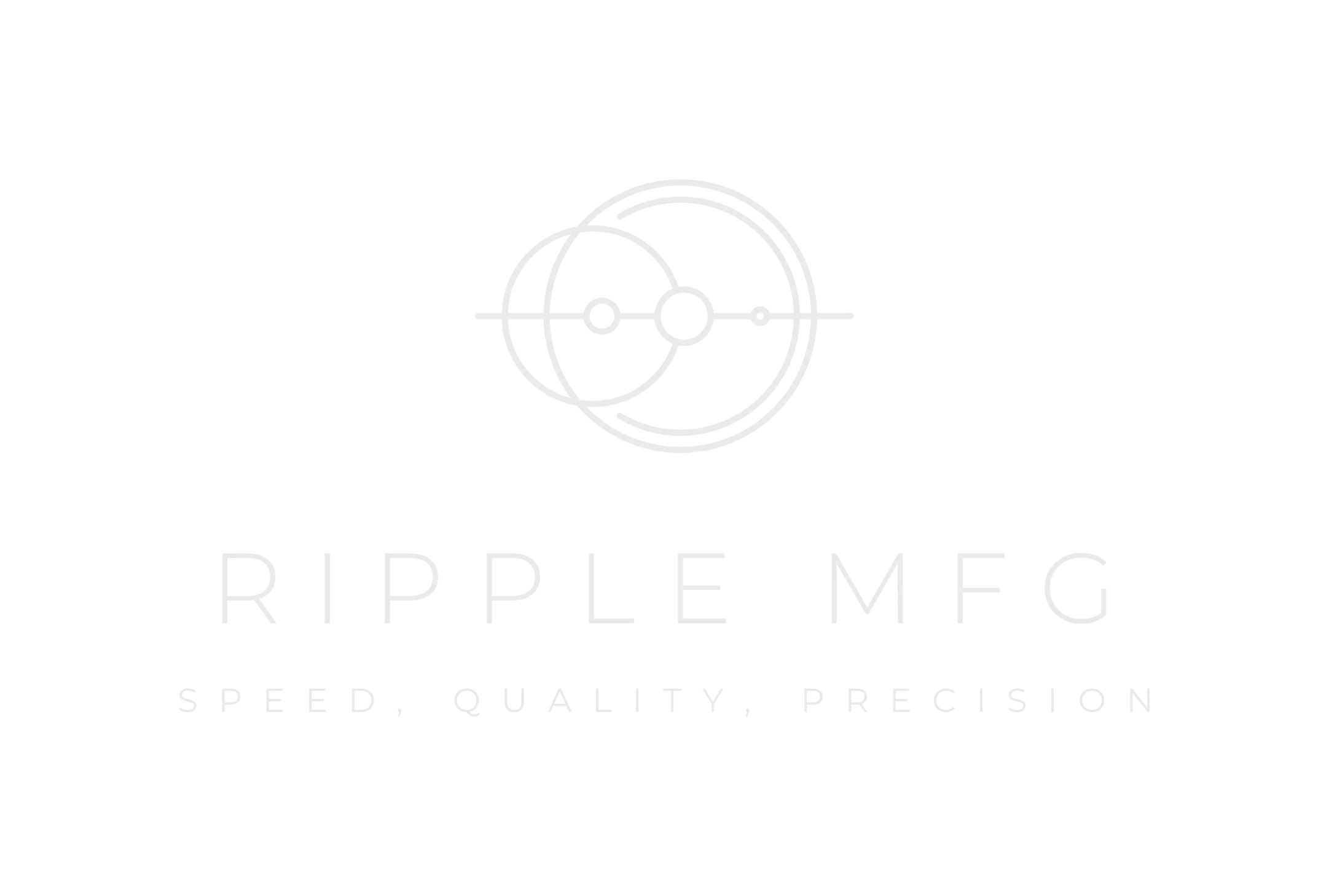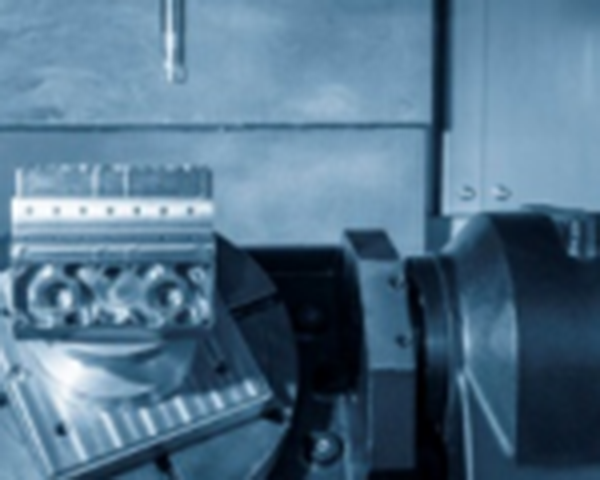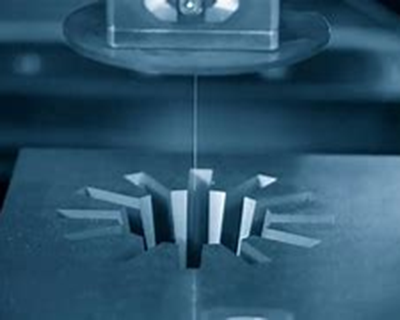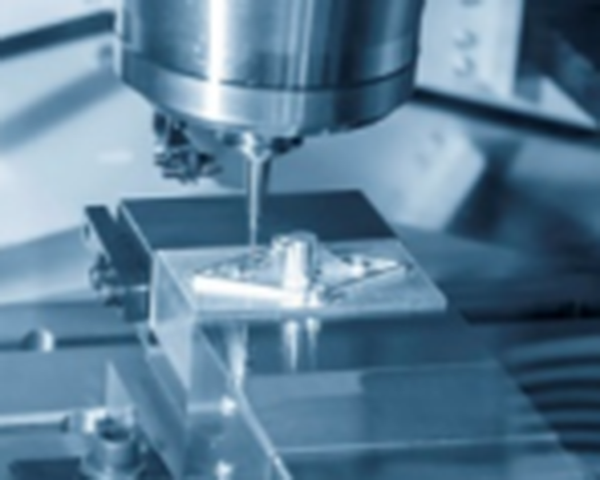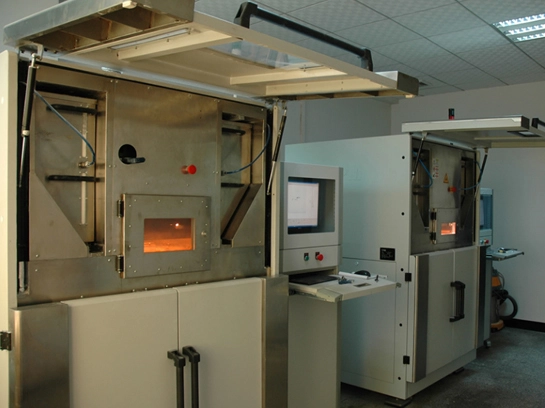Introduction to Pressure Casting
Pressure casting is a casting method in which molten or semi-molten metal is pressed into the metal casting mold at high speed and crystallized under pressure, referred to as die casting.
Advantages Of Pressure Casting
1) High productivity, easy-to-achieve mechanization, and automation, can produce thin-walled castings with complex shapes. The minimum wall thickness of die-casting zinc alloy is only 0.3mm, the minimum wall thickness of die-casting aluminum alloy is about 0.5mm, and the minimum cast out hole diameter is 0.7mm.
2) High dimensional accuracy of castings, small surface roughness value. Die casting size tolerance grade up to CT3 ~ CT6, the surface roughness is generally Ra0.8 ~ 3.2μm.
3) Pressure casting parts can be embedded in the casting silicone parts, not only to save valuable materials and machining hours but also to replace the assembly process of the parts, eliminate the assembly process, and simplify the manufacturing process.
Application Of Pressure Casting
Due to the advantages of pressure casting, it is widely used, mainly in mass production of non-ferrous alloy castings. Pressure die casting applications are the most automobile, and tractor manufacturing, followed by instrument manufacturing and electronic instrument industry, again for agricultural machinery, defense industry, computers, medical equipment, and other manufacturing industries. The parts produced by the die-casting method are the engine cylinder block, cylinder head, transmission case, engine cover, instrumentation and camera shell and bracket, pipe fittings, gears, etc. In recent years, high technology has been applied to pressure casting. Such as the use of a three-stage pressure injection mechanism to control the pressure, injection speed, and gas in the mold. Development of special pressure casting processes (such as vacuum die-casting, directional pressure casting, oxygen die-casting, etc.) and the application of computer control technology to effectively remove the pores, improve the density of the casting while developing new mold materials and heat treatment of new technology to extend the life of the die, so that ferrous metal die-casting has made some progress.
- How Precision Tool Manufacturing Can Improve EfficiencyMarch 19, 2024In modern industrial manufacturing, precision tools play a vital role. With the intensification of market competition, improving the efficiency of precision tool manufacturing has become an urgent nee...view
- What Are The Characteristics Of Precision CNC MachiningFebruary 27, 2023First, precision CNC machining process is concentratedCNC machine tools generally with automatic tool changer, tool magazine, tool change process automatically controlled by the program, therefore, th...view
- The Future of Manufacturing: Urethane Casting Services in a Dynamic IndustryJanuary 5, 2024In the ever-evolving landscape of manufacturing, where precision, flexibility, and speed are paramount, the future is being shaped by innovative technologies like urethane casting services. This dynam...view
- Advantages of Urethane Molds Compared to Traditional MoldsJune 14, 2024When using traditional steel molds for processing, due to the extremely thin material of the parts, the clearance between the punch and die must be sufficiently small, even close to zero-clearance pun...view
- Gaming Gadgets Galore: How Urethane Casting Services Shape Interactive ExperiencesJanuary 5, 2024In the dynamic world of gaming, where innovation and immersive experiences are driving forces, the role of urethane casting services emerges as a crucial element in the development of cutting-edge gam...view
- A Guide to CNC Prototype ManufacturingSeptember 1, 2023What is CNC Prototype Manufacturing?CNC prototype manufacturing is a type of prototype manufacturing that uses Computer Numerical Control (CNC) machines to create physical prototypes of products. CNC ...view
